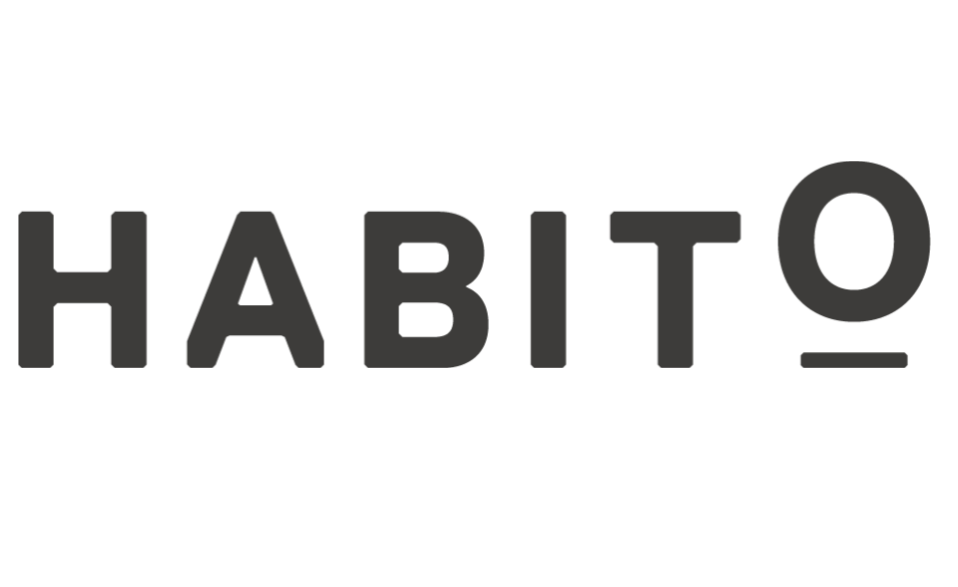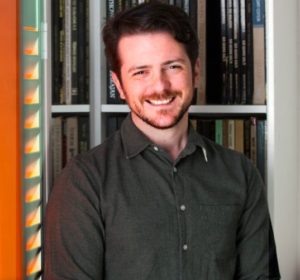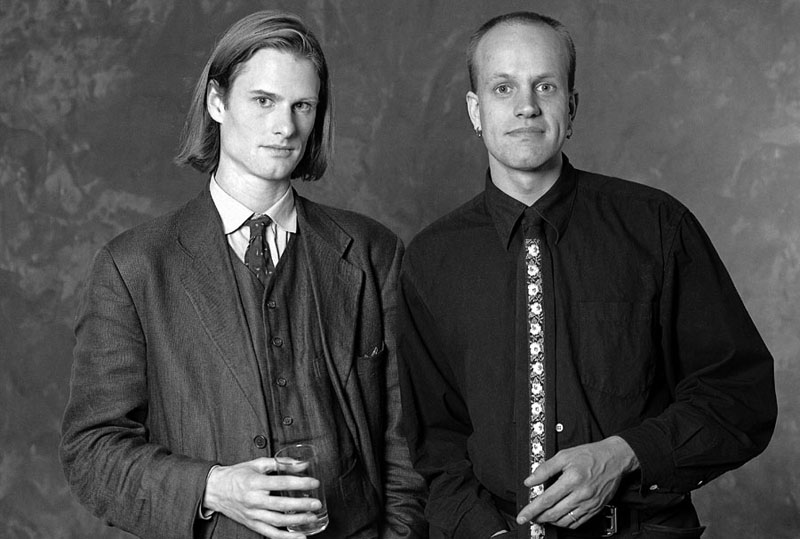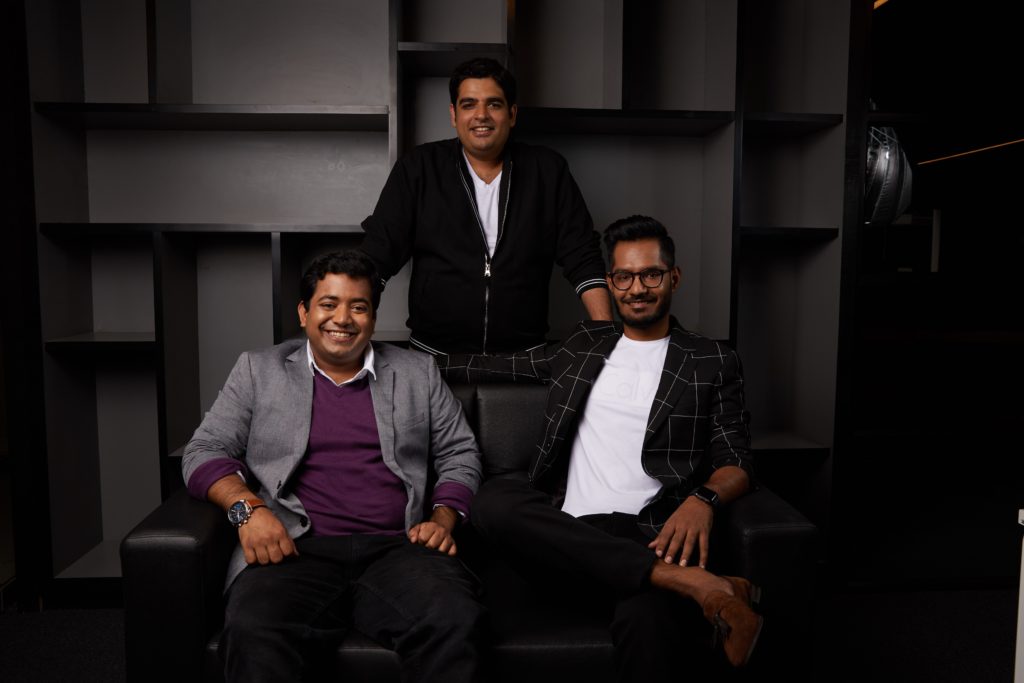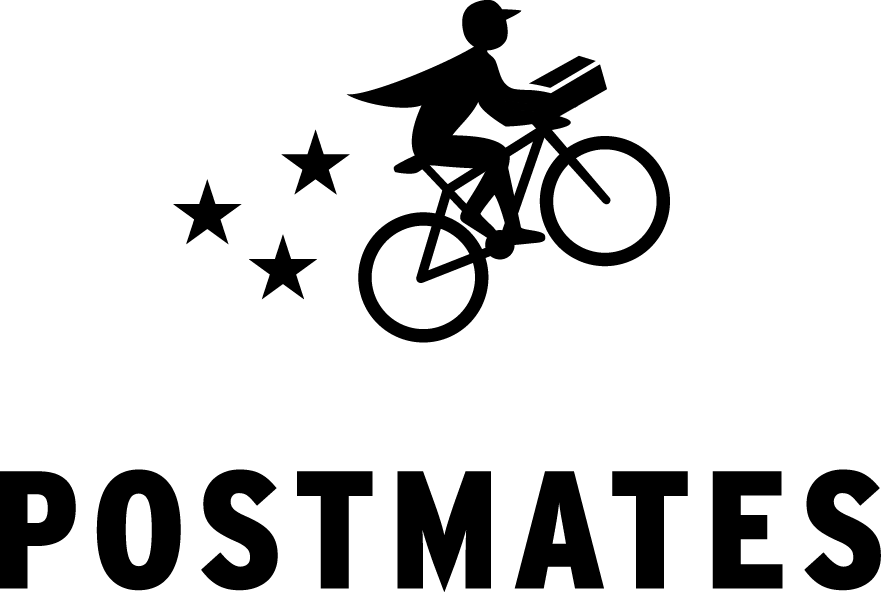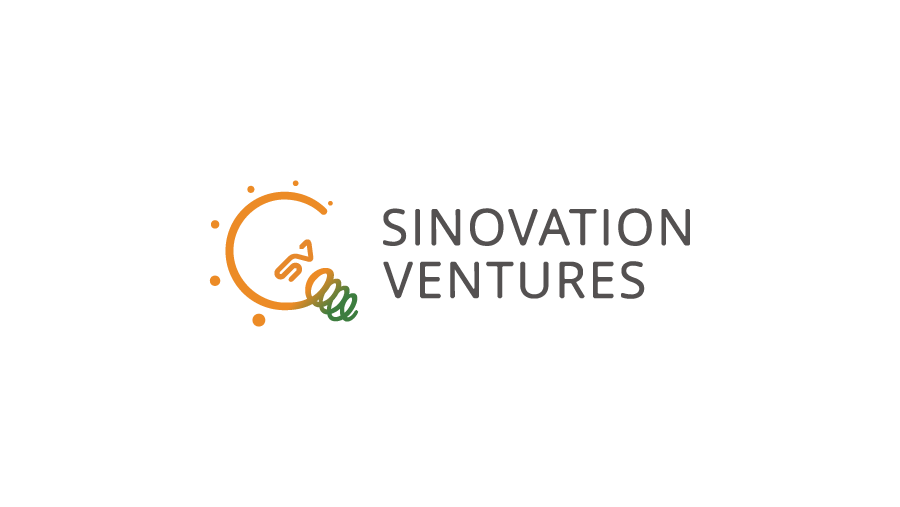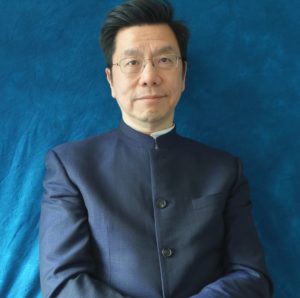Canon: Embracing the Story of Your Photography
Thanks to the various social media sites, that most of the people are now able to showcase their photography talent. With this, we all have grown a craze for owing DSLRs and fancy lenses. Though there has been a professional photographer in the past, today, everyone has the liberty to flaunt their skill. It all started from primitive prototypes, and gradually, the prototypes transformed into high-quality digital cameras.
Canon is one of the camera manufacturing companies that contributed to the revolution in the world of photography. From pocket cameras to professional kits, Canon meets the demand of every aspiring photographer. Founded in the year 1937, it is one of the bestsellers of cameras around the world.
Canon is a Japan-based multinational company founded by Takeshi Mitarai, Goro Yoshida, Saburo Uchida and Takeo Maeda. It has its headquarters based in Tokyo.

Early History
When Leica Model II was introduced in the year 1932, a camera that was absolutely not affordable by the common people, it provoked Goro Yoshida to create something that everyone could pay for. He studied the model of Leica, and with the help of Saburo Uchida and Takeo Maeda, he started making affordable cameras. Eventually, in November 1933, he established Precision Optical Instrument Laboratory. However, Yoshida left it within a year.
Meanwhile, Precision Optical Instrument Laboratory faced some difficulties arranging lens and range finders for their cameras. This led the company to come to an agreement with Nikon Corporation and use Nikkor lenses for its cameras. After the agreement, the company produced its first camera under the name ‘Hansa Canon’ in 1936.
On 10th August 1937, the company was rebranded as Precision Optical Industry Co. Ltd., and the name of ‘Hansa Canon’ was changed to ‘Canon’. After this, the company released more models, resulting in the escalation of the sale of Canon cameras. The success of the company made it plan to expand its market outside Japan, which was then ruled by Leica and Contax.
Building the Basics
Canon started making its own lenses, and in 1940, the company released Japan’s first indirect X-ray camera. Canon was the name of the camera body, embedded with Serenar lenses and Precision Optical Industry Co. Ltd was producing these cameras. This created a lot of confusion among customers. And hence, in 1947 the name of the company was changed to Canon Camera Co. Ltd. Eventually, Serenar adopted the same name, Canon, in 1953. In 1951, Hiroshi Ito, an engineer who worked in Canon, created a high aperture lens that changed the entire fate of the company. With time, the company produced a wide range of lenses which helped it in producing even better cameras.
In 1958, the company launched Canonet, an easily affordable camera that went out of stock within a couple of hours. Canon also released Canon Demi- a lightweight small camera that was the best choice for personal use. These two models changed the entire market of cameras, giving a neck to neck competition to Leica. The company also launched a zoom lens for television broadcasting in the same year, followed by Reflex Zoom 8 (world’s first movie camera with a zoom lens) in 1959.
The launch of SLRs
In 1961, the company launched Canon 7, the Rangefinder camera and 50mm 1:0.95 lens. The company launched its first SLR camera (Canon Pellix) in 1965 followed by F-1, a high-end SLR camera in 1971, and the world’s first camera with an incorporated microcomputer, AE-1, in 1975.
In 1989, Canon launched EOS 1 Flagship Professional SLR and EOS RT, the world’s first AF SLR with a semi-transparent pellicle mirror. It then unveiled EOS 5, a camera with an eye-controlled AF and PowerShot 600, first digital camera, in the year 1992. The company came with the first commercial SLR lenses with internal image stabilization in 1995, and the next year, Canon launched a digital camera that could easily fit inside a pocket integrated with the Advanced Photo System.
Position of the Company Today
In 2002, Canon launched another eye candy for professional photographers, the EOS 1DS, a digital SLR camera with a plethora of high tech features.
In recent years, Canon has released EOS 6D Mark II with a full-frame sensor, dual pixel CMOS AF, and a Vari-angle touch panel. In 2018, it launched ‘Canon Club Elite’, a customer service program for the full-frame DSLR owners.
Since the very beginning of its journey, Canon’s goal has been to make excellent high-quality cameras in affordable ranges. Today, Canon has not only achieved its goal of making digital cameras available to common citizens, but it has also become one of the leading brands of professional camera kits.

Annasha Dey is an NIT student, who apart from studying engineering is also a content writer. She has a great interest in photography, writing, reading novels, and travelling as well. She is a foodie who loves socializing and hanging out with her friends. She is also a trained Kathak dancer and a big fashion enthusiast. Dey also loves watching TV series, which includes F.R.I.E.N.D.S. and Big Bang Theory. To be a better writer she prefers to read more

